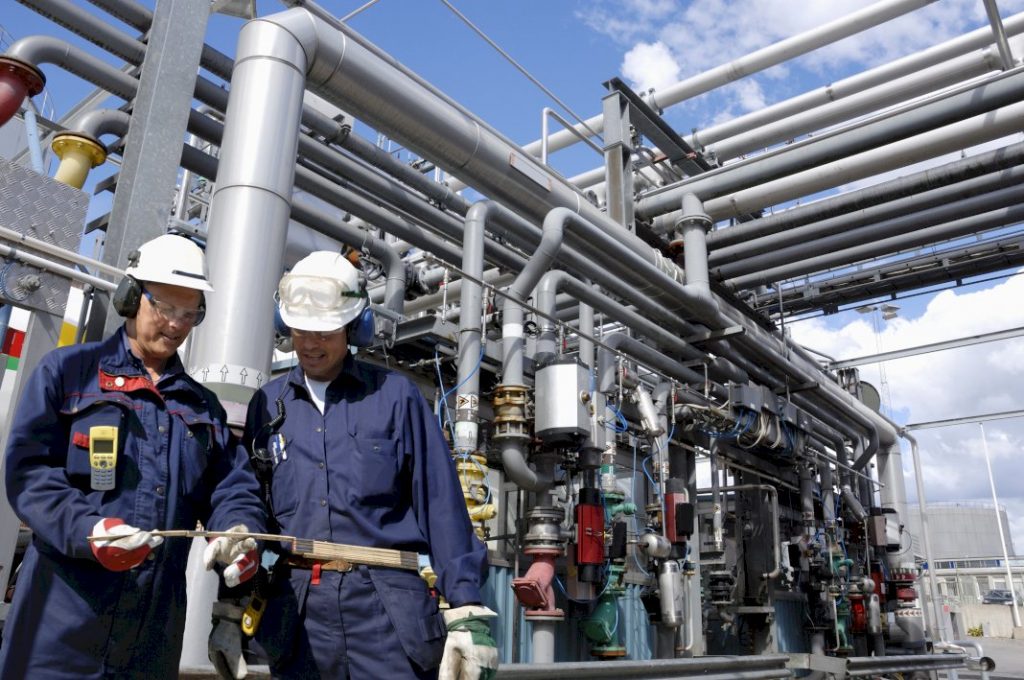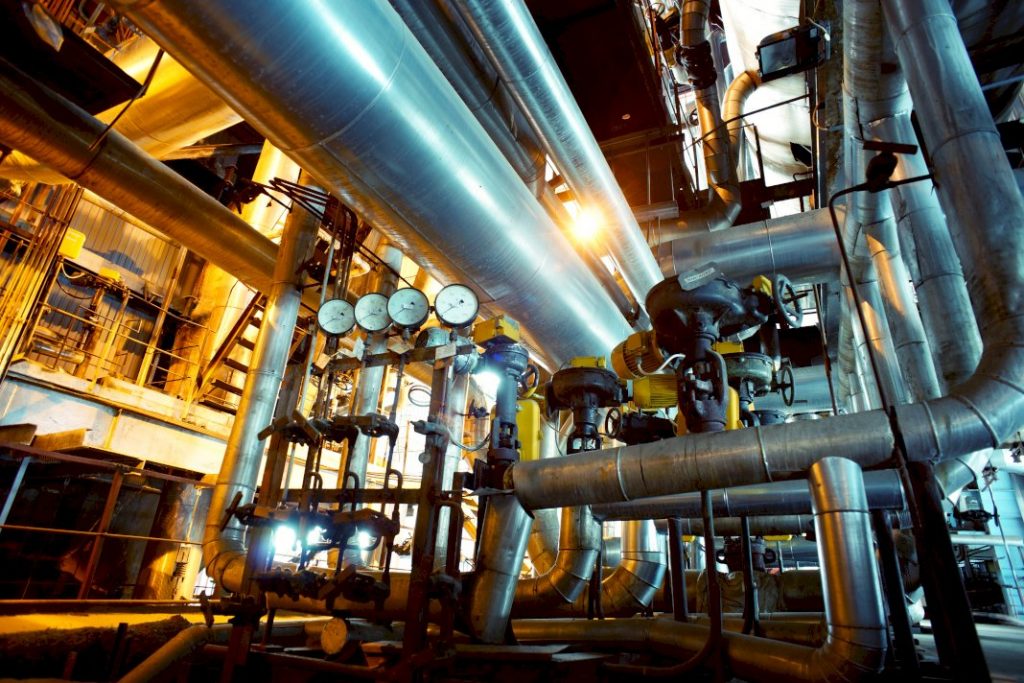- To ensure safe process plant operation, employers must ensure their employees receive adequate safety training and follow established safety regulations.
- A hazard is any condition that has the potential to cause harm or damage and can come from various sources.
- Regular maintenance of all equipment and machinery used in process plant operations is essential for ensuring safety.
- Emergency procedures are also vital for ensuring the safety of personnel during an emergency situation.

Operating a process plant can be a complex and challenging task. It involves the use of advanced technology, specialized equipment, and hazardous materials that require careful handling. One of the most critical aspects of process plant operation is safety. The safety of personnel, equipment, and the environment must be given top priority at all times.
In 2019, the Occupational Safety and Health Administration reported over 30,000 serious injuries due to process plant operations across the United States, resulting in around $171 billion in workers’ compensation costs. The most common causes of injury include being struck by objects, contact with hazardous materials, and getting caught in or between machinery. Additionally, 36 fatalities were reported in US workplace accidents related to process plant operations.
In order to minimize risks associated with operating process plants, employers must ensure that their employees receive adequate safety training and follow established safety regulations. In this article, you will learn about some essential safety practices that every process plant operator should know.
Understanding hazards
The first step in ensuring safety in a process plant is to understand the hazards involved. A hazard is any condition or situation that has the potential to cause harm or damage. Hazards in a process plant can come from various sources, including chemicals, high-pressure systems, heat, electricity, and more.
As an operator of a process plant, it’s your responsibility to determine potential hazards and take appropriate measures to prevent accidents. You must have a thorough understanding of all the processes involved in operating the plant and be able to recognize any abnormal conditions quickly.
Regular equipment maintenance
Regular maintenance of all equipment and machinery used in process plant operations is essential for ensuring safety. Without proper maintenance, the risk of accidents increases significantly. Malfunctioning or broken parts can cause fires, explosions, electrical malfunctions, and other hazardous incidents.
In order to ensure safe process plant operation, regular maintenance should be conducted on all equipment and systems used in the plant, such as level sensors, ventilation systems, pumps, and valves. This includes inspecting systems for any signs of wear and tear as well as replacing worn out parts or faulty components. Additionally, routine maintenance should also include checking for any potential safety hazards such as leaks or electrical short circuits.
Emergency procedures
No matter how well-prepared you are as an operator of a process plant accidents can still happen. That’s why emergency procedures are vital for ensuring the safety of personnel and minimizing damage during an emergency situation. Emergency procedures should include steps for responding to fires, chemical spills, explosions or other incidents that may occur in the facility. All employees must receive training on these procedures regularly, so they can respond effectively if an accident occurs.
Identify potential emergencies
Based on the operations at a process plant, potential incidents could include fires, chemical spills, explosions, electrical malfunctions, and mechanical failures. Fires can be caused by flammable materials or sparks from machinery, while chemical spills can occur when hazardous chemicals are not handled properly. Explosions may be caused by equipment that is not maintained properly. Electrical malfunctions can result from faulty wiring or overloading of circuits. Mechanical failures can happen due to worn out parts or inadequate maintenance procedures.
Develop response plans
The response plans should include detailed instructions on how to evacuate the area and get to a safe location, as well as identifying the people responsible for carrying out specific tasks such as turning off machinery, controlling spills and reporting incidents. Additionally, employees should be trained on how to use safety equipment such as fire extinguishers and level sensors in order to minimize damage during an emergency situation.
Furthermore, it’s important that the response plans are updated regularly based on changes in process plant operations or technologies used so that they remain effective. Finally, it is essential that all personnel understand the importance of following these procedures during an emergency situation in order to ensure their own safety and reduce property damage.
Personal protective equipment (PPE)
Personal protective equipment (PPE) is essential for every worker in a process plant. PPE includes safety goggles, hard hats, gloves, respirators, and other items designed to protect workers from hazards such as chemical spills or flying debris.
As an operator of a process plant, you must ensure that all workers are equipped with appropriate PPE before starting work. You should also provide training on how to use PPE correctly and make sure that it fits each worker properly.
It’s crucial to note that PPE alone cannot guarantee complete protection against all hazards. Therefore, it’s necessary to implement additional safety measures such as engineering controls (e.g., ventilation systems) and administrative controls (e.g., work procedures) alongside PPE.
Operating a process plant requires specialized skills and knowledge. It is essential that employers provide their employees with adequate safety training, understand potential hazards in the facility, perform regular maintenance on all equipment used in the process plant operations, develop emergency response plans and equip workers with personal protective equipment (PPE). By following best practices for managing workplace safety at your facility you can minimize accidents and create an environment where everyone feels secure when carrying out their duties.
 World inside pictures Collect and share the best ideas that make our life easier
World inside pictures Collect and share the best ideas that make our life easier









